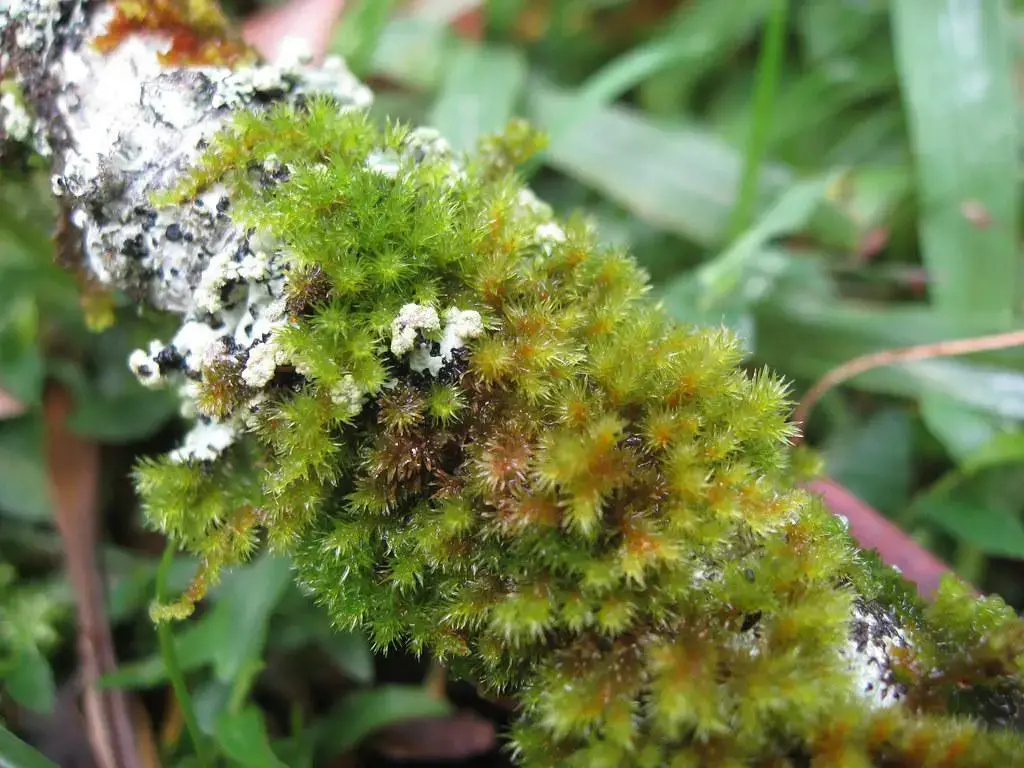
7784145522_253b5a9c35_b.jpg from: https://www.flickr.com/photos/imbala/7784145522
Exploring the Fascinating World of Macromitrium ligulare Mitt. Moss
Introduction
Mosses are often overlooked, but they play a vital role in many ecosystems around the world. One particularly interesting species is Macromitrium ligulare Mitt., a moss in the Orthotrichaceae
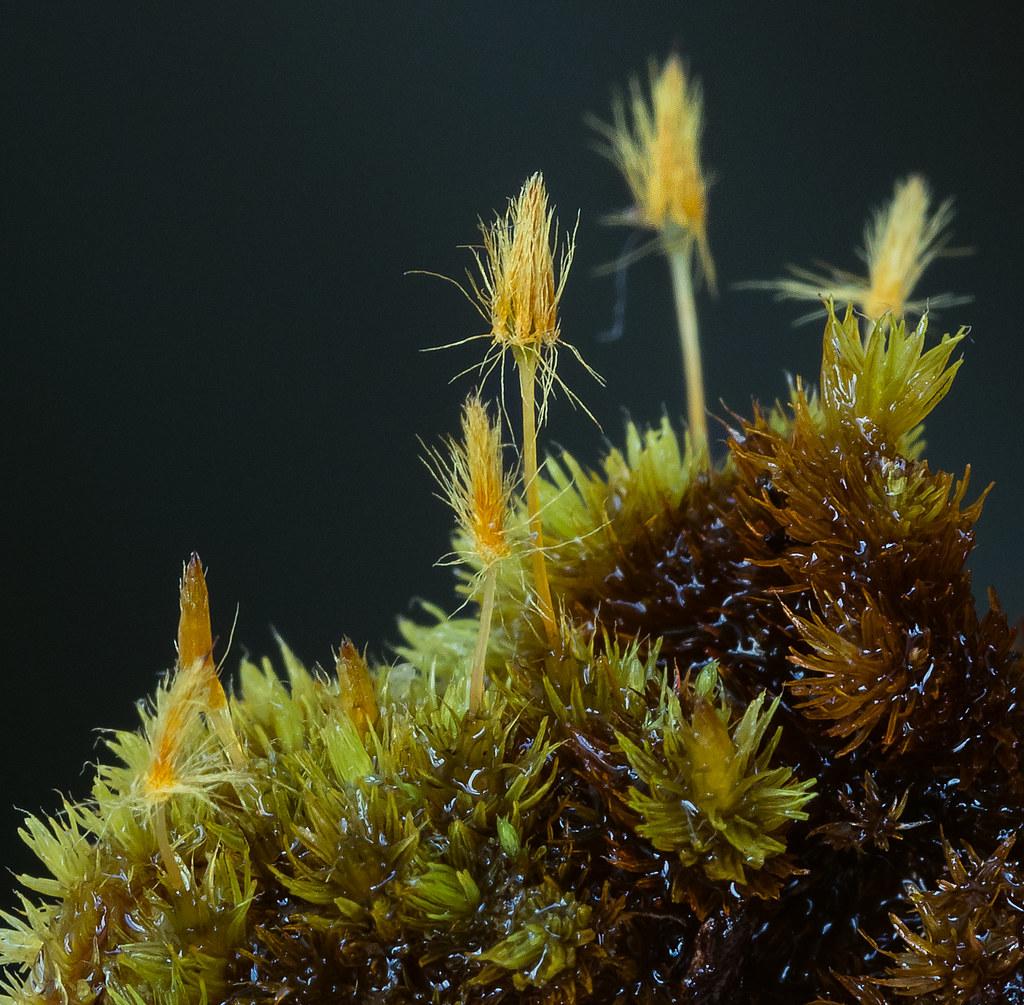
50983187658_82bbf2e84f_b.jpg from: https://www.flickr.com/photos/47945928@N02/50983187658
family. In this blog post, we’ll dive into the details of this fascinating plant, from its morphology to its ecological roles. Get ready to discover the hidden wonders of Macromitrium!
Background
Macromitrium ligulare Mitt.
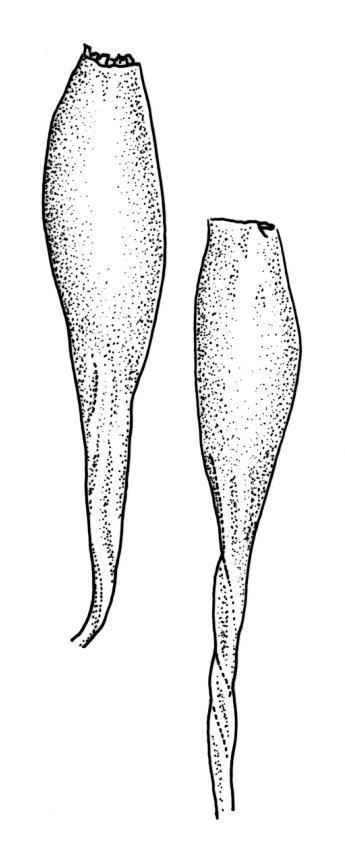
Image2E0Wlarge.jpg from: https://www.nzflora.info/factsheet/Taxon/Macromitrium-ligulare.html
is a species of moss classified in the Bryophyta division and Bryopsida class. It belongs to the Orthotrichaceae family, which contains over 900 species worldwide. The name “
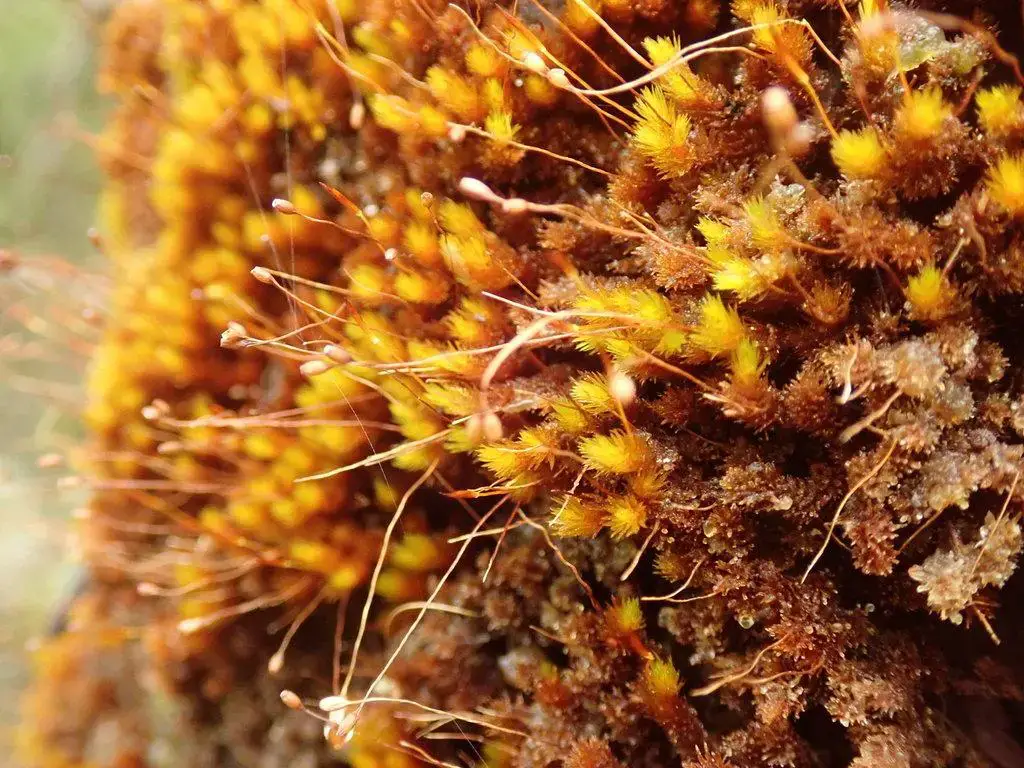
large.jpeg from: https://inaturalist.nz/observations/88236610
Macromitrium” comes from the Greek words “makros” meaning large and “mitra” meaning cap, referring to the large calyptra (cap) that covers the capsule.
Morphology and Identification
Macromitrium ligulare Mitt.
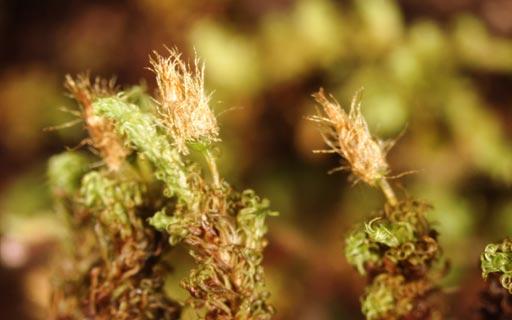
Macromitrium-prolong01l.jpg from: https://www.digital-museum.hiroshima-u.ac.jp/~museum/habit/moss_habit/Macromitrium prolongatum/Macromitrium_prolongatum.html
forms dense mats or cushions on tree bark, rocks, or other substrates. The stems are creeping to ascending, irregularly branched, and typically 1-3 cm long. Leaves are ovate-lanceolate, 1.5-2.5 mm long, with a short apiculus at the tip. The leaf margins are entire and often recurved.
One key identifying feature is the ligulate (tongue-shaped) leaves, which give the species its name “ligulare“. Capsules are cylindrical, 1.5-2 mm long, with 8 longitudinal ridges when dry. The calyptra is large, covering most of the capsule, and often split on one side.
Global Distribution and Habitat
Macromitrium ligulare Mitt. has a wide distribution, found in tropical and subtropical regions of Africa, Asia, Australia, and the Americas. It typically grows as an epiphyte on tree bark in moist forests, but can also be found on rocks or logs in shaded, humid environments from lowlands to montane elevations.
Ecological Roles and Adaptations
Like other mosses, Macromitrium ligulare Mitt. plays important ecological roles:
- Moisture retention: The dense mats help retain moisture and prevent erosion.
- Microhabitats: The mats provide shelter and microhabitats for various invertebrates.
- Nutrient cycling: Mosses aid in nutrient cycling by trapping organic matter and releasing nutrients through decomposition.
Macromitrium ligulare Mitt. has several adaptations for its epiphytic lifestyle:
- Attachment structures: Rhizoids help anchor the moss to bark or other substrates.
- Desiccation tolerance: It can survive periods of drying out and rehydrate when moisture is available again.
- Spore dispersal: The ridged capsules aid in spore dispersal by allowing them to be shaken out gradually.
Conclusion
Macromitrium ligulare Mitt. may be small, but it is a remarkable moss with a fascinating morphology, wide distribution, and important ecological roles. Next time you’re in a tropical forest, take a closer look at the tree bark and see if you can spot this tongue-shaped moss! What other secrets of the bryophyte world are waiting to be uncovered?